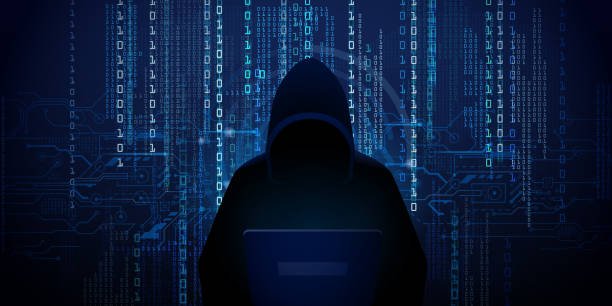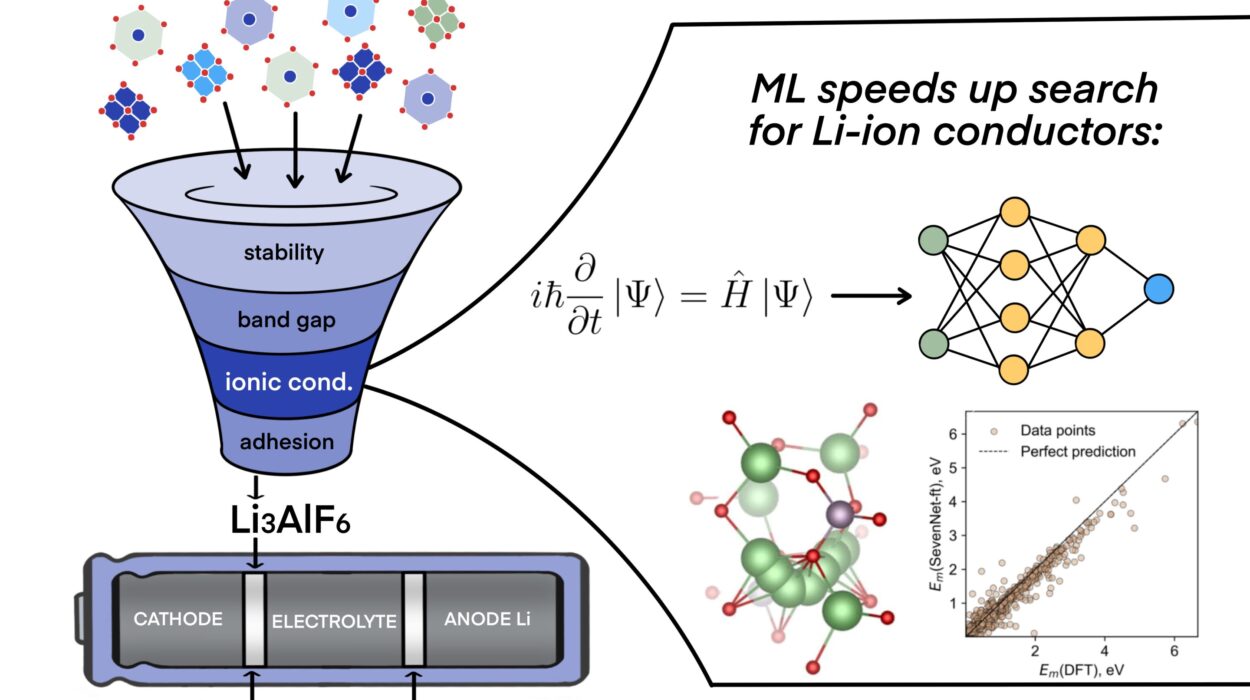On the surface, the internet feels like a sprawling metropolis—a place of cat memes, TikTok dances, streaming movies, and the comforting glow of Amazon’s “Buy Now” button. We search Google, scroll Instagram, send emails, and rarely consider the machinery whirring beneath our fingertips.
Yet beneath that familiar web—the world you see every day—lurks an underworld that feels part urban legend, part nightmare. It’s whispered about in news stories, feared by governments, and glamorized in Hollywood thrillers. It’s the digital catacombs where secrets, scandals, and crimes coalesce. It’s called the Dark Web.
Even the name conjures images of shadowy figures in hoodies, furiously typing in dark rooms lit only by the neon glow of monitors. The reality is stranger, more nuanced, and infinitely more complex. Because the Dark Web is not simply a place—it’s an idea, a hidden layer of human civilization, where the best and worst of humanity collide.
So what, truly, lies beneath the surface? What is the Dark Web? Why does it exist? And what draws people into its depths, even at the risk of losing themselves?
To answer these questions, we must descend, step by careful step, into the shadows.
A Web in Layers
The story of the Dark Web begins with a deceptively simple truth: what you see on Google is only a tiny fraction of the internet. If the web were an ocean, the surface web—the sites you can search and freely browse—is just the froth on the waves.
Beneath it lies the Deep Web. This layer contains everything unindexed by search engines: private databases, bank accounts, academic research, medical records, subscription-only services. If you’ve ever logged into your email, checked your bank statement online, or accessed cloud storage, you’ve visited the Deep Web. There’s nothing inherently sinister about it—it’s private by design.
The Dark Web, however, is different. It’s a subset of the Deep Web that is intentionally hidden and requires special software to access. Websites on the Dark Web do not exist on the ordinary internet. They have cryptic addresses ending in extensions like “.onion” instead of .com or .org. And they’re only accessible through tools like Tor—a web browser designed to preserve anonymity.
This architecture creates a space where identities can be obscured and transactions hidden from prying eyes. For some, that’s a blessing: activists evading censorship, whistleblowers exposing corruption, journalists communicating with sources in repressive regimes. For others, it’s a playground for crime, exploitation, and human darkness.
The Dark Web is both refuge and ruin. It’s a paradox, woven into the same digital fabric that powers the everyday internet. And the first step to understanding it is to grasp how it works.
The Science of Anonymity
Picture yourself walking through a city. Each time you turn a corner, a security camera tracks you. Shopkeepers remember your face. Digital signboards analyze your movements to tailor ads. That’s the surface web: everything you do is monitored, logged, analyzed.
Tor—the Onion Router—rewrites that story. Instead of a single direct path between your computer and a website, Tor bounces your traffic through a series of volunteer-operated servers, each peeling off a layer of encryption like the skin of an onion. By the time your request reaches its final destination, nobody along the way knows both who you are and where you’re going. It’s digital invisibility.
This anonymity is not perfect. Law enforcement has developed sophisticated tools to unmask users under certain conditions. But for millions of people worldwide, Tor remains the safest way to avoid surveillance.
Tor’s origins trace back to the U.S. Navy, which funded research in the 1990s to protect government communications. Eventually, the technology was released publicly, partly because it was more effective if everyone—good and bad actors alike—used it. More noise means better cover.
The same encryption techniques that protect human rights activists also shield black markets. Herein lies the moral dilemma: Tor is both sword and shield. It’s an ethical gray zone where noble causes and nefarious deeds cohabitate.
The Bazaar of Shadows
Imagine wandering into a city square shrouded in fog. Whispered conversations echo off invisible walls. Hooded vendors hawk everything from stolen identities to rare pharmaceuticals. Somewhere nearby, an underground newspaper publishes stories the government wants buried. In the Dark Web’s marketplaces, this metaphor becomes reality.
One name has become synonymous with the Dark Web’s criminal underbelly: Silk Road. In 2011, a young libertarian named Ross Ulbricht launched an anonymous online marketplace where buyers and sellers traded drugs, forged documents, hacking tools, and more—all paid for in Bitcoin.
The philosophy was radical. Ulbricht believed individuals should be free to transact without government interference, so long as no “victim” was involved. Weapons and child pornography were banned on Silk Road. Drugs, however, flourished. Buyers left Yelp-style reviews for vendors. “Purest coke on the market!” one reviewer might write, alongside a five-star rating.
Silk Road’s rise was meteoric—and brief. In 2013, Ulbricht was arrested in a San Francisco library, caught by undercover agents after years of elaborate digital cat-and-mouse games. The site was shuttered. Ulbricht was sentenced to life in prison without parole.
Yet the genie was out of the bottle. Silk Road’s closure splintered the Dark Web into dozens of successors. Agora, AlphaBay, Hansa—each new marketplace tried to avoid its predecessor’s mistakes. Some lasted months, others years. Law enforcement responded with increasingly clever takedowns, sometimes even running fake marketplaces to catch users.
These catacombs are not limited to drugs. Dark Web markets offer:
- Stolen credit card data
- Counterfeit currency
- Fake passports and IDs
- Malware and hacking services
- Illegal wildlife trade
- Hitmen (often scams, but the offer exists)
But the Dark Web’s marketplaces are fragile ecosystems. Trust is a precious currency. Scams are rampant. Sites vanish overnight, sometimes from law enforcement raids, sometimes from “exit scams” where owners vanish with millions in customer deposits.
Yet as swiftly as one door closes, another creaks open.
Faces Behind the Screens
It’s easy to imagine the Dark Web as populated solely by villainous hackers and drug lords. But the human reality is far more diverse.
There’s the whistleblower trembling with fear, leaking documents to expose war crimes. There’s the political dissident seeking to publish banned poetry under a dictator’s gaze. There’s the LGBTQ youth in a repressive country, reaching out to communities that would otherwise remain invisible.
For many, the Dark Web is a lifeline. It’s where journalists communicate securely with sources, where activists share forbidden information, and where ordinary people find refuge from censorship.
During the Arab Spring, activists relied on Tor and Dark Web mirrors of social media sites to evade government surveillance. In countries like Iran and China, Dark Web tools remain essential for bypassing internet firewalls. Wikileaks famously used Tor to collect confidential leaks, publishing materials that rocked governments worldwide.
But in the same breath, the Dark Web shelters predators and abusers. Child exploitation networks hide behind encryption. Terrorist groups have distributed propaganda and recruitment materials. Dark Web forums teach would-be hackers how to exploit software vulnerabilities.
It’s a stark moral landscape, littered with stories both heroic and monstrous. And it forces society to grapple with a single question: can privacy exist without enabling evil?
Bitcoin and the Currency of Shadows
In the world of the Dark Web, money talks—but it doesn’t look like green paper or plastic cards. Cryptocurrencies like Bitcoin, Monero, and Zcash became the blood vessels of the underground economy.
Bitcoin’s arrival was revolutionary. Published by the mysterious Satoshi Nakamoto in 2008, it offered a decentralized, pseudonymous way to transfer value without banks. No names, no middlemen. Just strings of characters and cryptographic keys.
On Silk Road and its successors, Bitcoin became the standard. Drug dealers and buyers alike found that digital coins left fewer fingerprints than bank wires or cash. Yet Bitcoin’s ledger—the blockchain—is publicly visible. Given enough time and resources, law enforcement can often trace funds through exchanges, especially when users “cash out” into fiat currency.
Newer coins like Monero and Zcash hide transaction amounts and wallet addresses, offering more robust anonymity. Dark Web vendors increasingly prefer these currencies, further complicating the hunt for cybercriminals.
Cryptocurrency is the Dark Web’s lifeblood, but it’s also its Achilles heel. Law enforcement has become adept at seizing crypto wallets, tracking blockchain flows, and even setting traps for unwitting users.
And so the dance continues: anonymity evolves, and so do the methods to pierce it.
Sting Operations and Digital Shadows
From the outside, it seems impossible that law enforcement could infiltrate the Dark Web. After all, it’s built to be hidden. Yet year after year, governments around the world pull off dramatic takedowns that read like cyber-thrillers.
In 2017, Europol announced the takedown of AlphaBay, the largest Dark Web market at the time. Simultaneously, Dutch police seized control of Hansa, another popular market. For weeks, users flocked to Hansa after AlphaBay’s demise—unaware Dutch authorities were running the entire site, recording names, addresses, and messages. Hundreds were arrested worldwide.
These victories stem from both high-tech wizardry and old-fashioned police work. Undercover agents pose as vendors or buyers. They infiltrate criminal forums, earn trust, and gradually collect clues. Mistakes—a reused username, a slip in operational security—can unravel an entire enterprise.
Sometimes the Dark Web’s greatest vulnerability is human error. Ross Ulbricht, the founder of Silk Road, slipped up when he used his real email address in a coding forum before launching the site. That breadcrumb led the FBI to his doorstep.
Yet for every marketplace dismantled, new ones emerge, learning from past mistakes. The cycle repeats, driven by human ingenuity on both sides of the law.
Digital Ghosts and Urban Legends
The Dark Web’s reputation has been inflated by myth and urban legend. Reddit threads and YouTube channels spread stories of “Red Rooms”—live-streamed torture sessions where viewers supposedly pay Bitcoin to choose victims’ fates. Despite endless rumors, credible evidence for such interactive murder shows remains elusive.
Other legends swirl around the Mariana’s Web—a mythical deeper layer of the internet said to contain artificial intelligences, government secrets, or otherworldly knowledge. In reality, Mariana’s Web is pure fiction. But it reveals how the Dark Web has become a canvas for humanity’s deepest fears.
It’s true that horrifying content exists—child exploitation rings, violent extremist propaganda, and illegal drug markets. Yet many “deepest secrets” are hoaxes, designed to stoke curiosity or fear.
The mystique endures. For every credible news story about law enforcement raids, a dozen YouTubers claim to have found “the scariest site on the Dark Web.” It’s a digital haunted house—equal parts fact and fiction.
The Cost of Privacy
The Dark Web forces society to confront uncomfortable questions. Should privacy be absolute? Should governments have the right to crack encryption in the name of safety? How do we balance free speech with protection from harm?
Some argue the Dark Web should be eradicated entirely. Others insist that’s impossible—and unethical. After all, Tor and similar tools remain crucial for journalists, activists, and everyday citizens who fear surveillance.
The truth is, the Dark Web reflects humanity itself. It’s a mirror where our noblest ideals and darkest urges coexist. We can’t scrub away the shadows without also erasing spaces where the vulnerable find sanctuary.
Governments continue to invest in tools to pierce anonymity. Companies like Chainalysis analyze crypto transactions. Machine learning algorithms sift through mountains of data for criminal clues. Yet every new tool sparks new countermeasures from the Dark Web community.
We’re locked in an endless tug-of-war between secrecy and transparency, liberty and security.
Emerging Frontiers: The Dark Web Tomorrow
As technology evolves, the Dark Web evolves alongside it. Artificial intelligence, quantum computing, and decentralized web protocols are poised to reshape the underground landscape.
AI-powered chatbots may soon automate scams and phishing attempts. Quantum computers might break certain encryption schemes, potentially exposing secrets previously thought secure. Simultaneously, new privacy technologies like Zero-Knowledge Proofs promise even more impenetrable anonymity.
Some foresee the rise of “darknets” built atop decentralized platforms like IPFS or blockchain-based networks, where sites cannot be easily shut down by any government. The line between Dark Web and Surface Web may blur, raising ethical and legal dilemmas we have barely begun to address.
Cybercrime itself is professionalizing. Ransomware gangs run like corporations, with HR departments, salaries, and customer support. Dark Web forums offer “crime-as-a-service,” allowing low-level criminals to rent sophisticated tools once reserved for elite hackers.
The stakes have never been higher. For all its dangers, the Dark Web is also a laboratory for technologies that may define the future of privacy, freedom, and even the shape of the internet itself.
Staring Into the Abyss
Near the end of his life, the philosopher Friedrich Nietzsche warned: “He who fights with monsters should look to it that he himself does not become a monster. And if you gaze long into an abyss, the abyss also gazes into you.”
The Dark Web is our modern abyss. It’s where the beauty of human defiance meets the ugliness of exploitation. It’s where secrets find sanctuary and predators find prey. It’s a realm of encryption, fear, freedom, and moral ambiguity.
But ultimately, the Dark Web is not a place—it’s an extension of who we are. It’s the human soul laid bare, in binary and code. It challenges us to ask who we want to be in a world where privacy and secrecy have both profound costs and incalculable benefits.
And as we continue building our digital future, the Dark Web remains a reminder that progress comes with shadows. For every light we shine, darkness persists at the edges, waiting.






